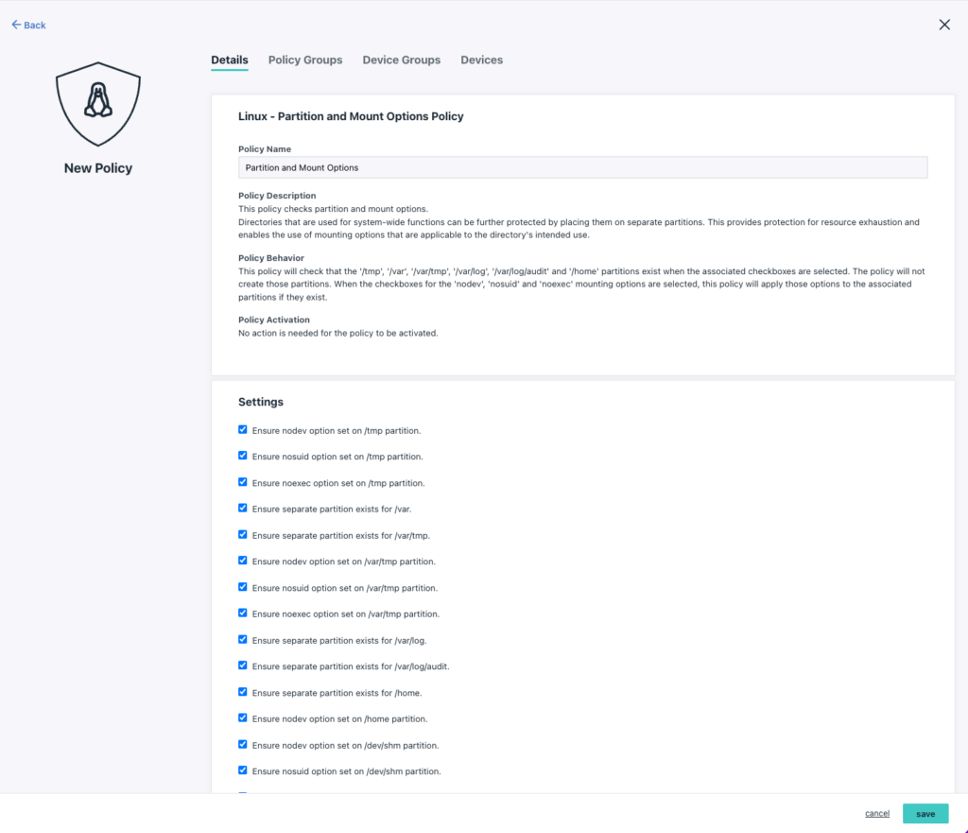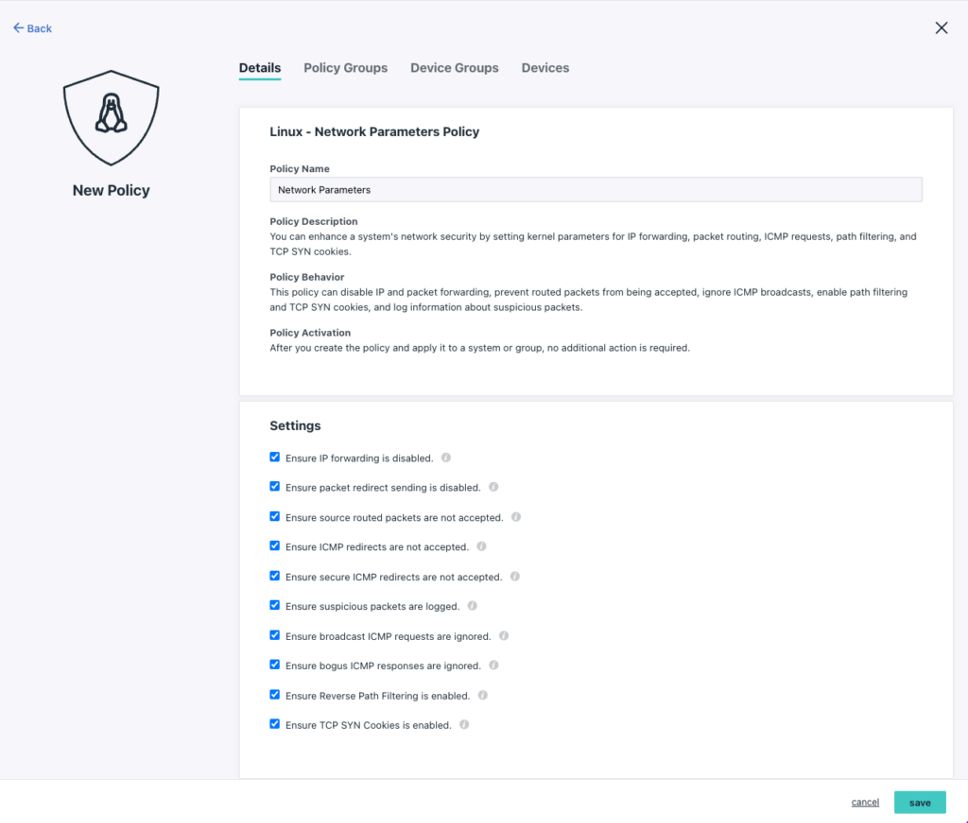Many people perceive Linux as not holding much weight when compared to its other operating system (OS) counterparts, like Windows and macOS. As it stands, Linux’s worldwide desktop market share in May 2022 was only 2.45% with macOS at 14.99%, and Windows dominating the market share at 75.5%. However, desktop market share alone does not fully reflect the importance of Linux and its function in the IT world. On the contrary, Linux is touted as the most popular open source and programmer-friendly OS.
Linux’s Strong Foothold in the IT infrastructure
Here are some interesting statistics to highlight where Linux dominates in IT:
- Since 2018, 100% of the world’s top 500 supercomputers run on Linux.
- 96.3% of the world’s top 1 million servers run on Linux.
- 90% of all cloud infrastructure operates on Linux, and practically all the best cloud hosts use it.
The Love for Linux
There are many reasons why IT personnel love to leverage the Linux operating system — it’s reliable, secure, high-performing, and low-cost.
Reliable & Secure OS
With Linux being an open source OS, it has thousands of people closely scrutinizing and tearing apart the source code every day. This results in a quick discovery of every single security vulnerability and a security patch being issued promptly. This prioritization of vulnerability and patch management makes Linux reliable and highly secure.
Optimal Performance
Linux has been a strong driver for servers and infrastructure for some time now, as it enables admins and devops to maximize their system efficiency when it comes to performance.
Low Development Cost
Linux is an open source OS. This means that companies do not need to pay for licenses when they leverage it. In addition, Linux can be used for free on multiple devices. In fact, simply download a Linux distribution, and it can be installed on an unlimited number of devices. There is no need to go through the budget request process from management and finance when developing in Linux.
JumpCloud for Linux Management and Control
At JumpCloud, we provide IT admins the flexibility to manage and control Linux devices within the same platform as other operating systems (i.e. macOS, Windows, iOS, and Android). This allows you to utilize the speed, stability, and security of Linux based systems, without losing sight of what’s happening in the other operating systems your organization supports. At JumpCloud, we constantly invest and develop our Linux infrastructure and capabilities for our customers.
Introducing new JumpCloud Linux Policies
JumpCloud has recently introduced new Linux policies to help organizations manage and secure their deployed Linux endpoints more efficiently while improving their overall security posture. These new policies are applicable to all JumpCloud-supported Linux Distributions.

Key Capabilities
- Partition Options: Check partition and mount options. Directories that are used for system-wide functions can be further protected by placing them on separate partitions.

2. File Ownership and Permissions: Secure system files for Linux systems.

3. Network Parameters: Enhance a system’s network security by setting kernel parameters for IP forwarding, packet routing, Internet Control Message Protocol (ICMP) requests, path filtering, and Transmission Control Protocol Sync (TCP SYN) cookies.

4. Disable Unused Filesystems: Prevent an unauthorized user from introducing data into or extracting data from a system. An admin can now determine if a filesystem type isn’t necessary and disable it.
Manage Your Linux Systems With JumpCloud, Free!
At JumpCloud, we also make it easy for you to manage your Linux (Ubuntu) servers, Red Hat clients, or Windows fleet. If you want to centralize your Linux management and control, try JumpCloud Free for up to 10 users and 10 devices. You’ll also receive complimentary premium chat support and can ask questions with your peers in our community. Support is available 24×7 within the first 10 days of your account’s creation.




